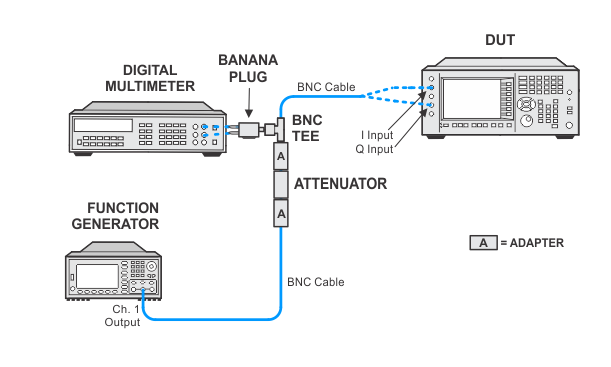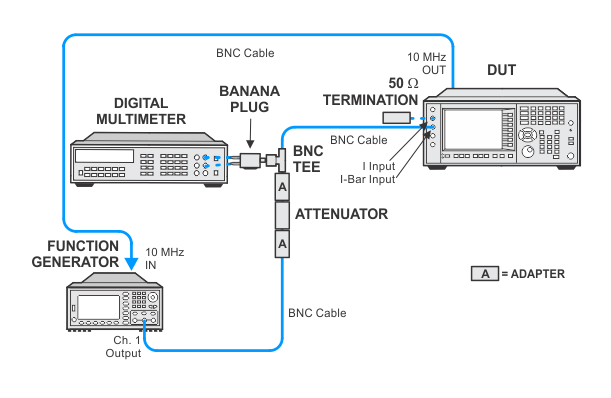
The BBIQ Verification tests rely on the BBIQ Front Panel Alignment being run within 8 hours of running a verification test. If the alignment timestamp is greater than 8 hours from the current time, TME will run the BBIQ alignment. If the time difference between the DUT and the TME station clock is more than 8 hours, then TME will get stuck in an endless BBIQ alignment loop. To prevent this from happening, the DUT clock should be set to the local time. At the end of the adjustment cycle, set the DUT clock back to the customer's local time.




